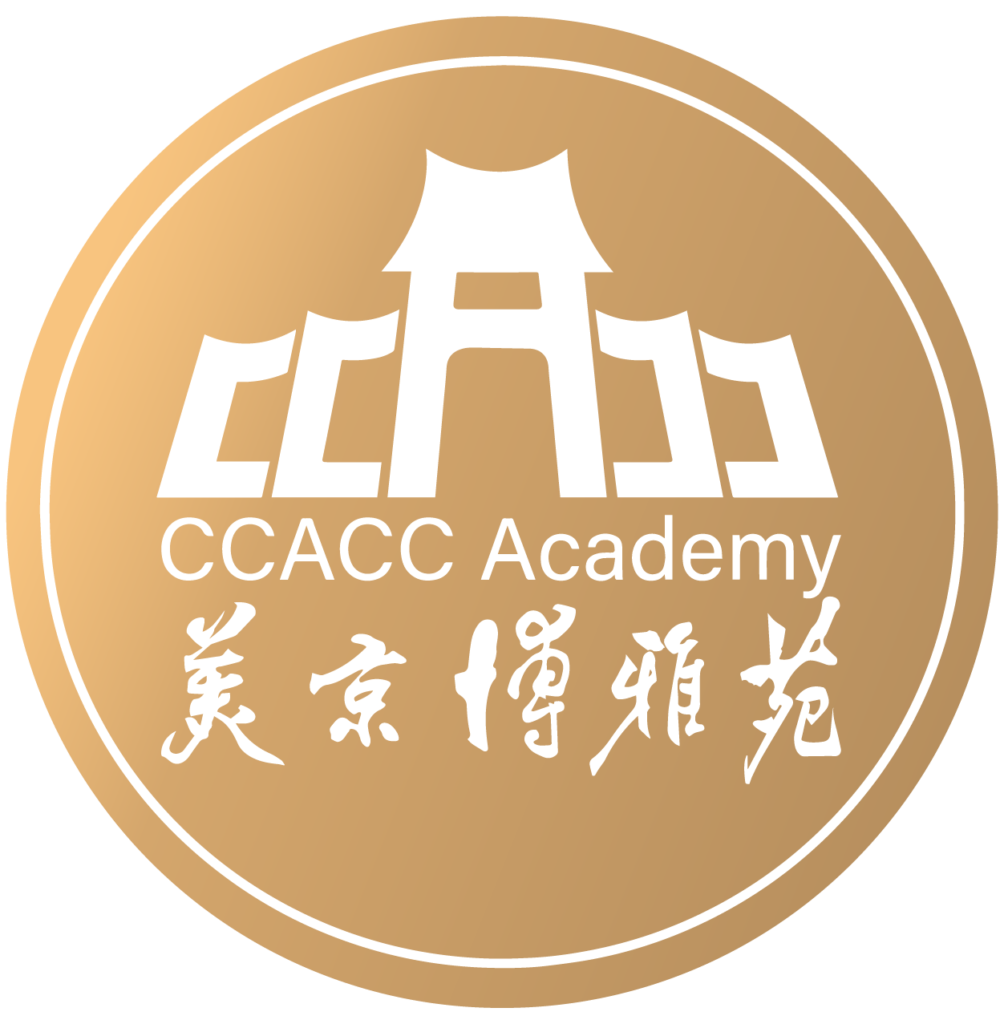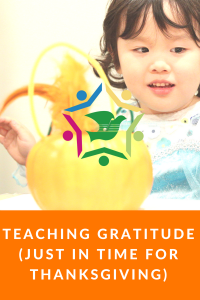By Staci Mathura, Language Arts Instructor
Teachers always rely on lesson planning to map out what students learn throughout the year, but sometimes there are these unplanned opportunities that arise where teachers get to offer insight that has nothing to do with the curriculum, but about life lessons. Sometimes a kid has a bad day, sometimes there is a national event or tragedy in their lives, or sometimes they have a question about navigating the world, where teachers have to give pause and address that. These are precious and magical instances where teachers extend learning and engage students on a humanist level.
When I taught in the inner city, most kids were faces with unimaginable hardships and there were many challenges to engage them academically. Thinking back, some of the most meaningful moments were the teachable moments where I got to connect with students and I would be able to build trust and rapport. One activity that I was able to connect to the students was in their journal notebooks where I had them incrementally complete a ‘Gratitude List’ of all the things they were thankful for. It was great to share this list with each other because it showed that no matter what was going on in our lives we all had something to appreciate and we had someone to be grateful for. Kids soon learned that when we focus on the good things, the tough times became easier to get through, and they learned to think optimistically. The optimism had a positive impact on the classroom, thus increasing academic performance.I often think about how I could further these lessons instead of waiting for teachable moments, and when I did some research and lesson planning I was able to find some fun writing activities (such as practicing writing letters and thank you notes) as well as role playing activities (which was great for public speaking and building confidence) to integrate into our learning. This time of year is perfect for a teachable moment in gratitude, but these are some activities you can try at home any time of the year to put some ‘gratitude into your kids’ attitude!’
- Thank-you notes.When young kids receive gifts, they should be create and send a thank-you picture (if they can’t write as ye) or a short note to practice correspondence skills.
- Be polite. Role-play with your kid’s favorite toy or stuffed animal to practice saying “thank you.” You can model etiquette for your child so they know when to say thanks without being prompted.
- Your daily top 3. At dinner or bedtime, take turns sharing the three best things about your day. It will engage your family in a positive daily ritual.
- Make a gratitude jar. Fill it with short handwritten notes of gratitude (“I’m thankful we won the big game!” or, “I’m grateful Grandpa came to visit.”). Pick a special time to pull out notes at random and read them aloud.
- Celebrate your year & milestones. Every major milestone or birthday, make a list of things you are grateful for that year. A 5-year-old can think of five things to list, while a 10-year-old can manage at least 10.
- Thank a teacher. Send a handwritten note to let her or him know how much their efforts make a difference.
- Volunteer. Think of a food pantry, animal shelter or even your local church, where you can give your time and try to make it a regular commitment.

